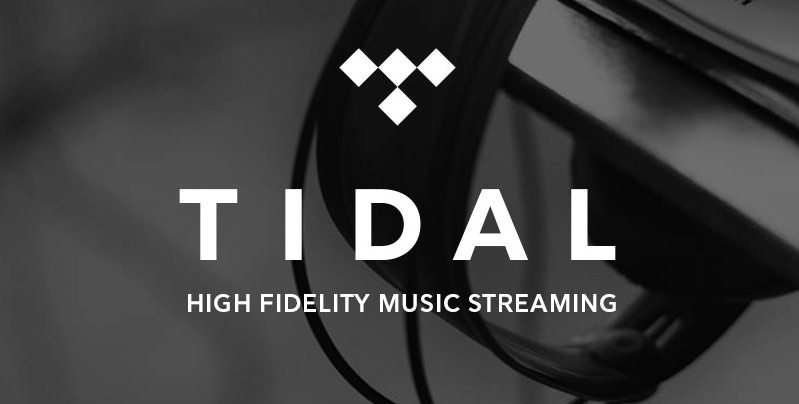Here’s Everything You Should Know About the Highly-Controversial Tidal Music Service
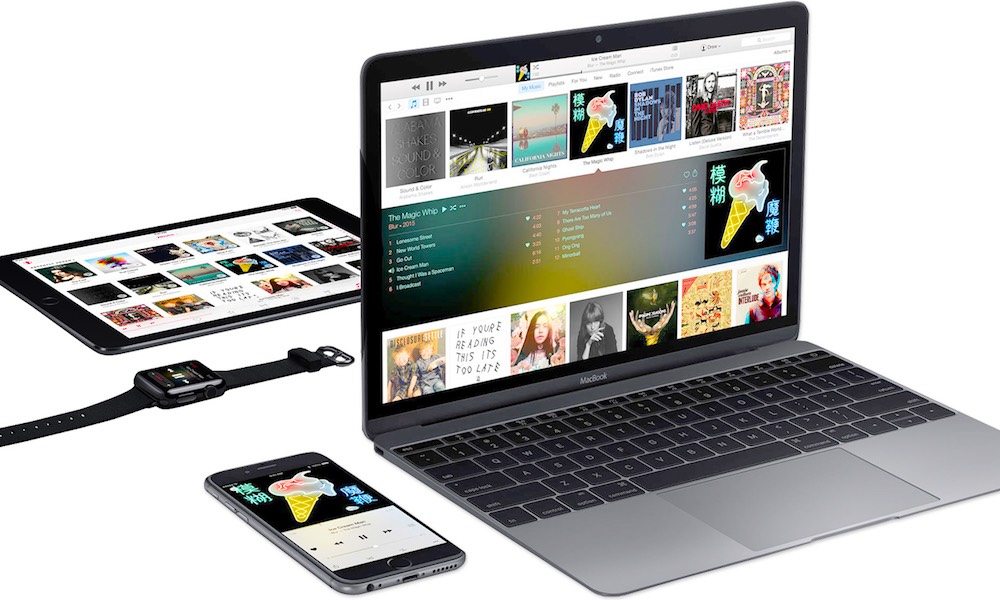
Toggle Dark Mode
Since the rise in popularity of streaming music, many services have come and gone – some, like Grooveshark, were great services that just couldn’t make the cut, and some were just, well, bad. Today, however, there are still quite a variety of music streaming services available, each with their own advantages and disadvantages.
Some services choose a “radio”-style format, in which users select a song or artist, and the service plays a mix of random songs that sound similar to the song or artist the user has chosen. In this category, Pandora is the king – although it only has a library of 1.5 million tracks, it boasts a user base of 77 million.
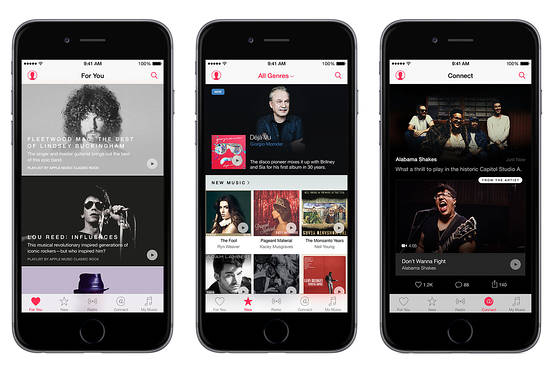
“On-demand” style services allow you to choose a song, album, or artist, and listen to your chosen tracks on demand. Spotify is, without a doubt, the reigning champion in this division, with 30 million tracks available and some 75 million users. In this category, there are a few up-and-comers that are currently making waves in the ocean of streaming music. Apple Music, as you’re probably already aware, has a growing user base as well as some interesting new features not found on other services. Another service that’s taking a bit of a different approach to the business is the artist owned Tidal, which just surpassed 3 million users.
What is Tidal?
Tidal is a subscription-based music streaming service that launched in 2014, then owned by Norwegian technology company Aspiro. In just a couple of months, Tidal had amassed a base of 500,000 users. However, it was in January of 2015 that Tidal began to gain a lot of momentum – right after being bought out by rap icon Jay-Z for $56.2 million. By March of this year, Tidal grew to a base of 3 million users across 31 countries.
Why Should I Give Tidal a Shot?
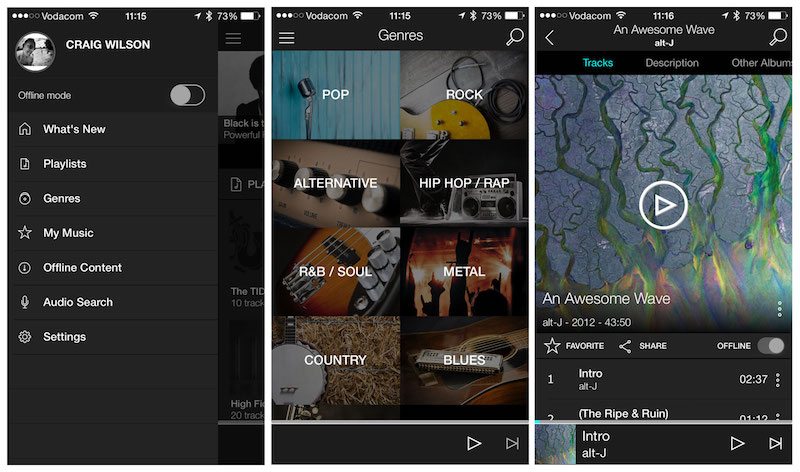
Promoted as the first artist-owned streaming service in the world, Tidal’s co-owners now include Beyonce, Rihanna, Lil’ Wayne, Kanye West, Nicki Minaj, Daft Punk, Jack White, Madonna, deadmau5, Jason Aldean, J. Cole, and the late Prince, among others. Because artists own the service, it pays the highest percentage of royalties to the artists themselves when their songs are streamed (as compared to Spotify, who reportedly pays out an average of between $0.0006 and $0.0084 per song to the artist). Also because of this, Tidal has an incredible number of exclusive releases, tracks, and artists.
Rihanna’s single Bitch Better Have My Money was a Tidal exclusive when it was released, as was Kanye West’s most recent album The Life of Pablo. Beyonce’s latest album, Lemonade will only be available to stream on Tidal “in perpetuity”. Recently deceased music legend Prince pulled all his music from nearly every streaming service out there – Spotify, Pandora, and YouTube included – last summer, except for Tidal.
How Does it Work?
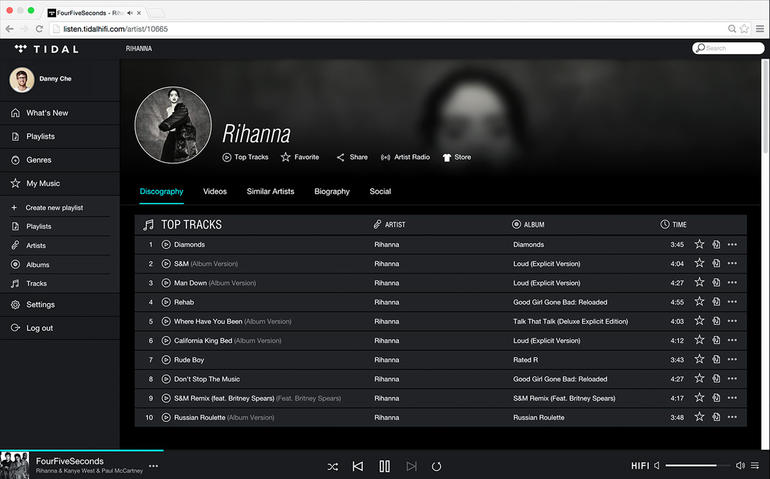
Tidal operates very similarly to Spotify or any other on-demand streaming service. Users can browse the library of over 40 million songs by song, artist, album, mood, genre, or several other filters. Users can find new music with the hundreds of pre-made playlists already available, centered around a certain theme or artist, with many curated by artists like Jay Z, Arcade Fire, and Coldplay. The web player as well as the iOS and Android apps are easy to navigate for users who are familiar with other streaming services.
Unique Features
Besides exclusive content and support for music creators, Tidal has several other areas of focus that you won’t really find on competing services. For example, Tidal places a large focus on not just streaming music, but on the streaming of high-definition music videos.
The service has a library of over 130,000 high-definition videos, including concerts, performances, music videos, and of course, several exclusives – Beyonce’s aforementioned album Lemonade was released with an hour-long accompanying short film that debuted on HBO, but is now available on Tidal. Jack White’s last concert before he (kind of) retired was streamed exclusively on the service, and Rihanna’s music video for “American Oxygen” streamed only on Tidal when it was released.
Another focus for Tidal is on the quality of their music streams. Tidal streams max out at a bit rate of 1,411kbps, or “lossless” quality – the same you would find on physical media such as a CD. The sound quality differs drastically in comparison to the 320kbps found on Spotify, the 192kbps found on Pandora, or even the meager 128kbps found on Rdio.
While this may not matter much to users who are accustomed to listening to music on their Apple earpods, or other earbuds that came included with their mobile phones, audiophiles and music purists who want to hear the music the way the artists intended will certainly appreciate the incredible music quality Tidal offers.
How Much Does it Cost?
Sounds great, so far, right? Well, it is – but it comes at a cost. Unlike services like Spotify and Pandora, Tidal doesn’t offer a free, ad-supported option. Although it does offer a free 30-day trial, you’re going to have to shell out some money if you want to listen to Tidal’s music. A
“premium” membership will run you $9.99 per month, the same as Spotify’s premium service, or a subscription to Apple Music. $9.99 will get you full access to Tidal’s catalog, but only at 320kbps. Users who want to hear the highest quality streaming will have to drop $19.99 on a “Tidal HiFi” subscription, which streams at 1,411kbps. Yes, it is double the price of pretty much any other streaming service out there – you’ll have to decide for yourself if it’s worth it.
The service does offer a “family plan” – each additional member on the plan receives 50% off their membership price, for up to four members.
In Conclusion
Tidal is a great service. With tons of exclusive content, plenty of video content, and the option to stream music at a much higher bit rate than any other service, Tidal will definitely appeal to the real music lovers out there. If you own a turntable and vinyl collection or expensive audiophile equipment, consider yourself a “music purist”, or if anyone has ever accused you of being a “music snob”, there’s a pretty good chance that Tidal is a great option for you.
In contrast, however, if you are more of a casual music fan, and often find yourself searching for music you heard on your car radio, or search for “workout playlists”, you may be better off with an option like Spotify. Either way, the service is definitely worth a try.
Learn More: How to Find out If Someone Has Blocked Your Phone Number on iPhone
Have you tried Tidal? What’s your favorite music streaming service?
Let us know in the comments below.

